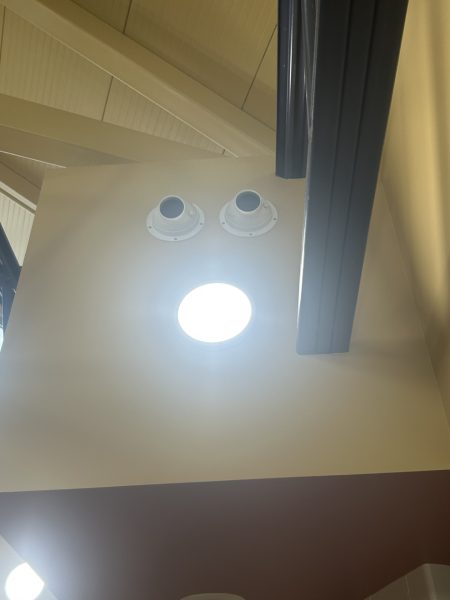

This Year, Daylight Saving Time in the United States began on Sunday, March 12th, and will end on Sunday, November 5th. During Daylight Saving Time, clocks are set forward by one hour in the spring and set back by one hour in the fall.
The Purpose of Daylight Savings is to make better use of natural daylight and conserve energy. By shifting the clock forward in the spring, we can enjoy longer evenings with more daylight. This is especially beneficial for outdoor activities and can help reduce the need for artificial lightning, thus saving energy.
However, the time change can also have some effects on our daily routines. When we set our clocks forward in the Spring, it can disrupt our sleep patterns and make it harder to adjust to the new schedule. Its important to gradually adjust your sleep routine leading up to the time change to minimize any potential sleep disturbances.
Additionally, some people may experience health issues related to the time change. The shift in time can disrupt our internal body clock, also known as the circadian rhythm, which regulates our sleep and wake up cycle. Thus, disruption can lead to feelings of fatigue, difficulty concentrating, and even increased risk of accidents.
It’s important to take steps to adjust to the time change and minimize any negative effects. Here are a few tips you can take.
Gradually adjust your sleep schedule, Start going to bed and waking up 15 minutes earlier each day leading up to the time change. This can help your body gradually adapt to the new schedule. Create a sleep-friendly environment, make sure your bedroom is cool, dark, and quiet to promote better sleep. Consider using blackout curtains to block out any extra daylight in the mornings.
Stick to a consistent sleep routine, try to go to bed and wake up at the same time every day, even on weekends. This can help regulate your body’s internal clock and improve overall sleep quality.
Limit exposure to bright lights before bed, avoid using electronic devices, such as smartphones and tablets, right before bedtime can interfere with your ability to fall asleep.

Remember, Day Light Savings is just a temporary adjustment to our clocks, but it can have an impact on our sleep and daily routines. by being mindful of these effects and taking steps to minimize any disruptions, you can make the transition smoother and enjoy the benefits of longer daylight hours. Also You have to make sure if your on the airlines or going to a different state or different country you have to make sure you change your time on your devices such as ovens, phones, clocks and some fridges or you will be late for literally everything you’ve made plans for.






